Locusts, also known as grasshoppers or "màzhà" in Chinese, were collectively referred to as “zhōng” in ancient China. Additionally, locusts have other names, such as “zhèmǎng” (蟅蟒), “zhéměng” (虴蜢), and “zhémò” (虴蛨). In Taiwanese, they are commonly called "grass moth" (草螟仔), while Cantonese speakers refer to them as "cáománg" (草蜢) or "cáomángzǎi" (草蜢仔). Locusts are one of the oldest herbivorous insect groups with chewing mouthparts, dating back to the early Triassic period around 250 million years ago.
The relationship between locusts and humans is long-standing. Throughout history, swarms of locusts have caused famines and disasters due to their destructive nature.
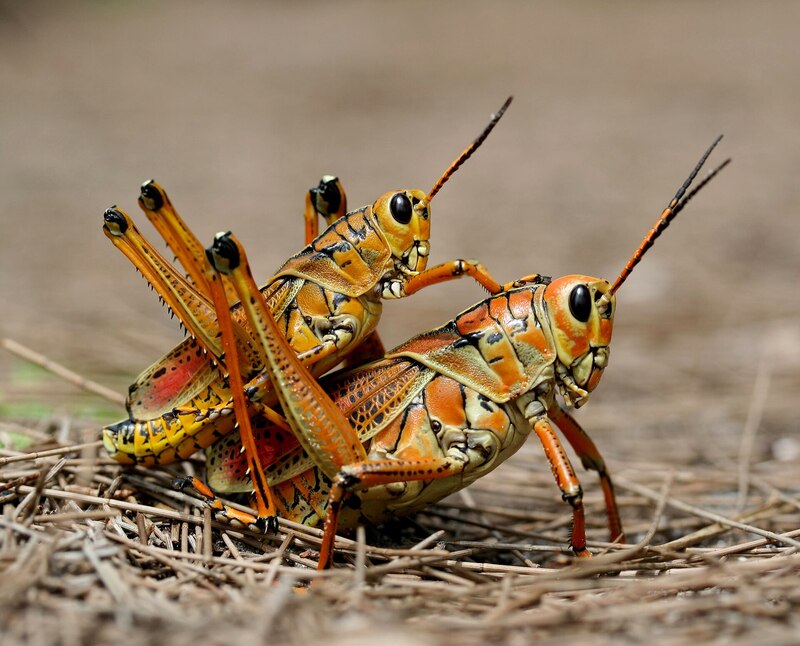
Locust plagues are a global natural disaster with a long history and are difficult to eradicate. Each outbreak often leads to significant economic losses and can even trigger famine due to food shortages. But which locust species is the most destructive? Here’s a breakdown of the world's top 10 most threatening locust species, including the Desert Locust, East Asian Migratory Locust, Moroccan Locust, Italian Locust, Tibetan Locust, Yellow-Spined Bamboo Locust, Siberian Locust, and more. Let’s take a closer look at their "destructive power"!
The Desert Locust is recognized as the most destructive locust species globally. It is an explosive, migratory, and devastating pest originating from Africa. Throughout history, it has been the primary culprit behind African locust plagues.
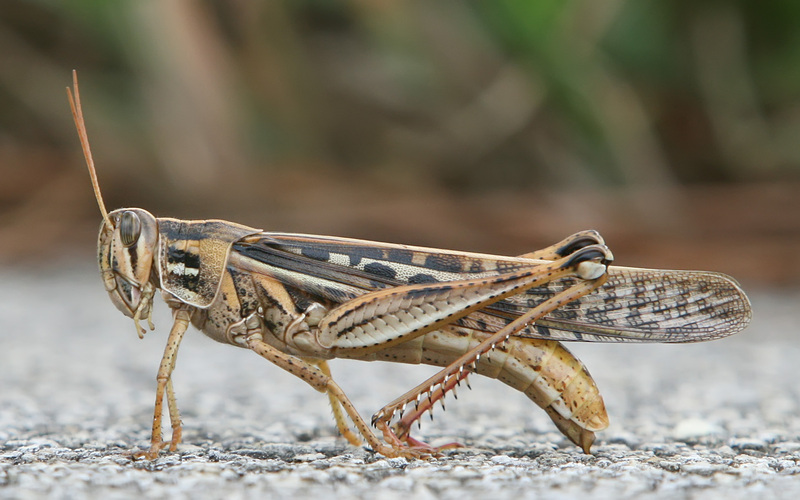
During massive outbreaks, Desert Locusts can affect the entire African continent, the Middle East, and the Mediterranean coast, impacting 57 countries and covering a total area of 29 million square kilometers. These locusts frequently devastate agricultural regions through long-distance, transnational migrations, posing a severe threat to agriculture.
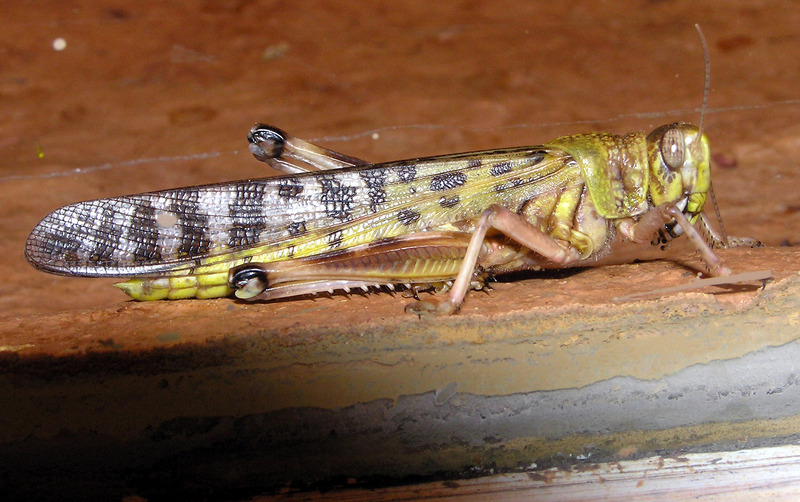
The number of people affected by locust plagues accounts for approximately one-tenth of the global population. A single swarm covering one square kilometer can consume the daily food supply equivalent to that of 35,000 people, demonstrating their astonishing destructive capability.
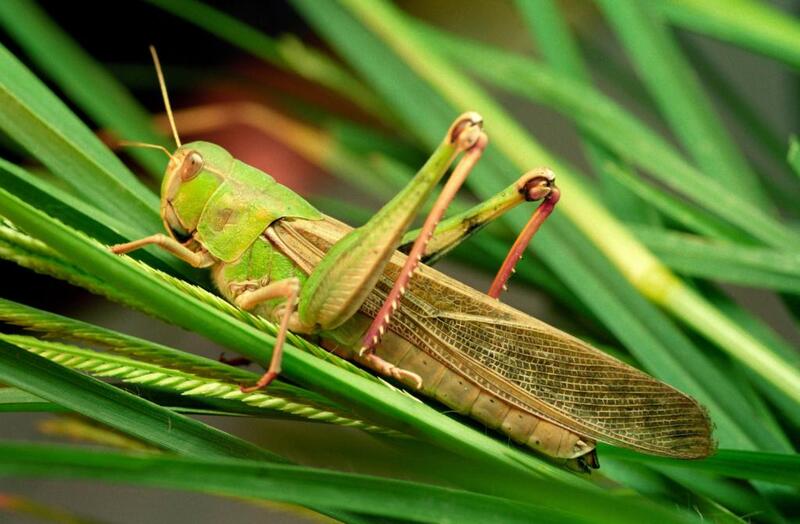
In China, the East Asian Migratory Locust is the most damaging locust species. It is a primary agricultural pest in Southeast Asia and has historically caused devastating plagues in China. The Yellow River Delta region frequently experiences locust outbreaks caused by this species.
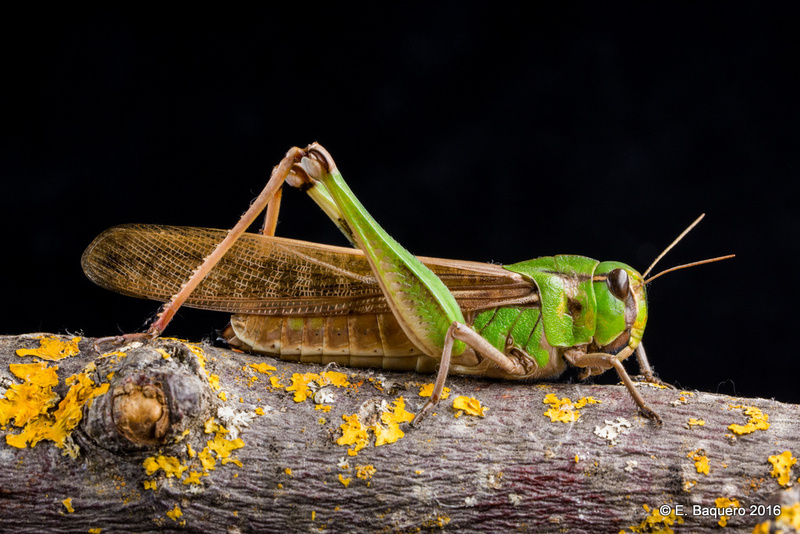
Between the late Zhou Dynasty and the 1950s—spanning over 2,600 years—regional outbreaks occurred every 2-3 years, with larger-scale disasters every 5-7 years.
East Asian Migratory Locusts can migrate long distances and prefer feeding on grasses, including wheat, corn, sorghum, millet, and rice. During large outbreaks, almost all green vegetation can be consumed, severely threatening agricultural production and the ecosystem.

The Moroccan Locust, also known as the Moroccan Grasshopper, is a highly destructive species distributed across North Africa, Southern Europe, Eastern Europe, and West Asia. Although typically solitary, their population can increase rapidly, forming large swarms that devastate farmland.
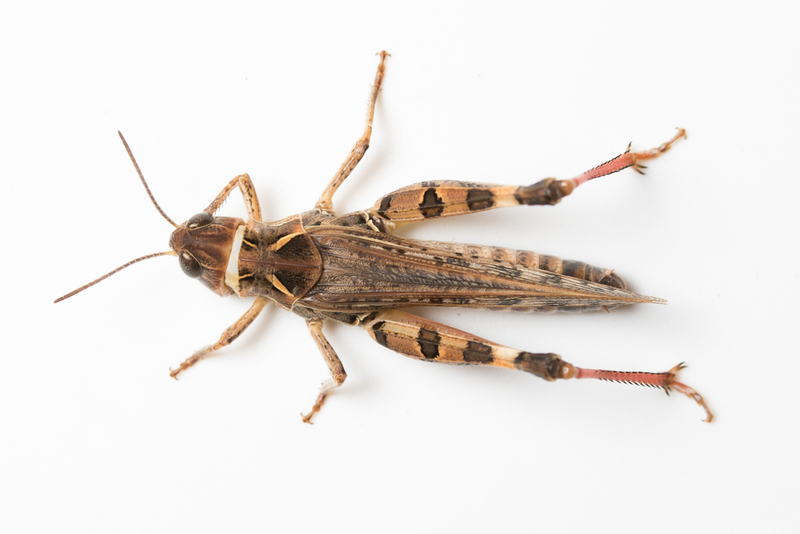
Moroccan Locusts are considered one of the most destructive herbivorous pests worldwide. In Afghanistan's main wheat-producing provinces, large-scale Moroccan Locust outbreaks can cause devastating crop losses, severely worsening food security. The Mediterranean coast is also heavily affected by this pest, making it a primary focus for locust control efforts.
The Italian Locust is a typical locust species in Europe and is also found in northern China's Xinjiang region. It inhabits arid and semi-arid grasslands at altitudes between 800 and 2,300 meters and is a major pest in the area.
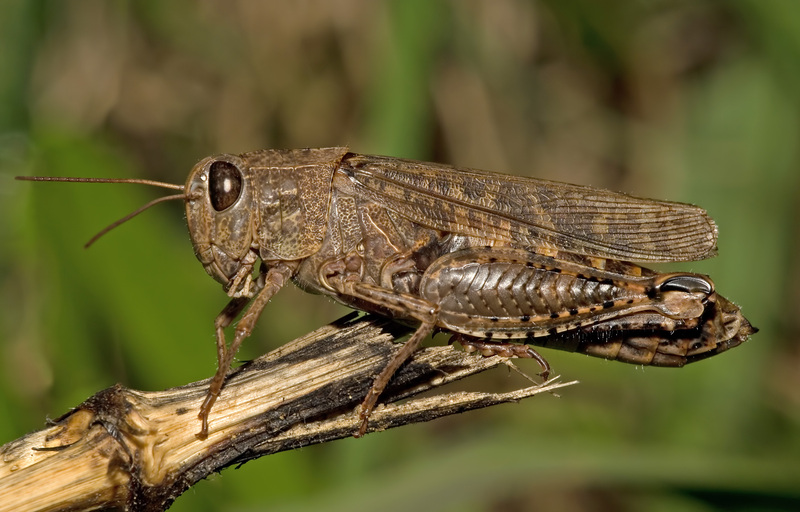
This locust species is mainly distributed along the Tianshan mountain range in northern Xinjiang, from the Barkol Basin and Jichang Prefecture in the east to Bortala Prefecture, Ili Prefecture, Tacheng Basin, and Altay Mountains in the west. It also appears in regions like Bayingolin, Aksu, and Kashgar in southern Xinjiang.
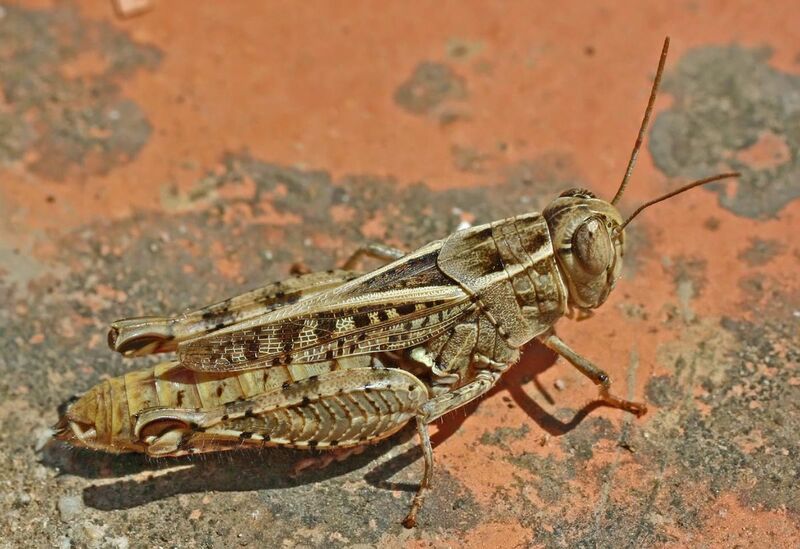
Italian Locusts prefer plants from the Asteraceae (sunflower) family, Chenopodiaceae (goosefoot) family, and Poaceae (grass) family but can also damage crops like wheat, posing a threat to agricultural and pastoral industries.
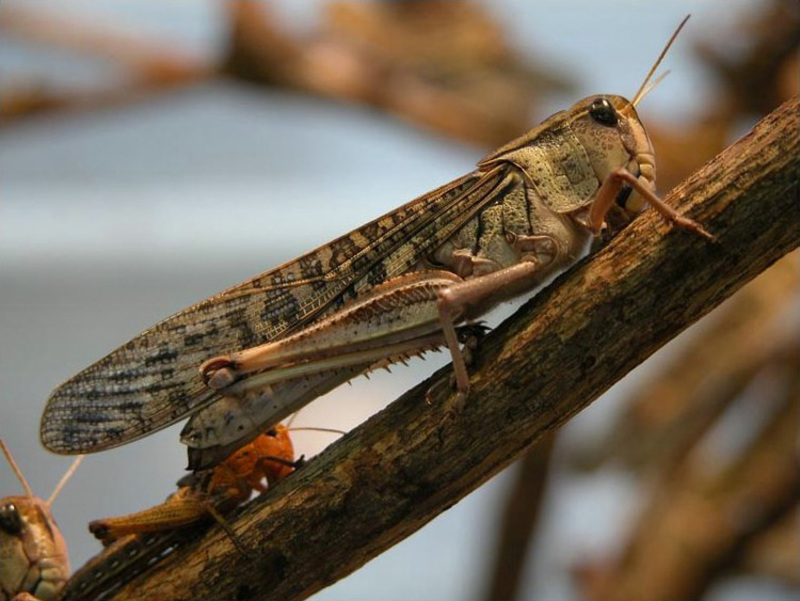
The Tibetan Locust is one of the most dangerous locust species in China. Found in the Tibet Autonomous Region, southeastern Qinghai, and western Sichuan, it is the only high-altitude subspecies among China’s top three locust species.
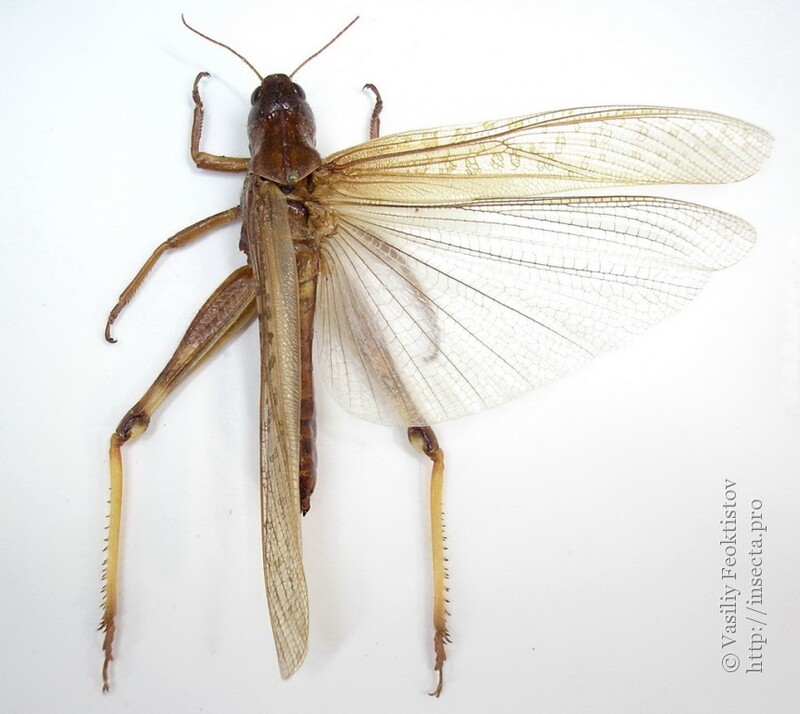
This locust species is known for its broad distribution, high population density, and prolonged egg-laying and hatching periods. Its reproductive and migratory abilities are exceptional, causing frequent outbreaks in recent years and spreading to neighboring areas. Tibetan Locusts primarily feed on barley, oats, and grass, posing a significant threat to highland crops and grasslands.
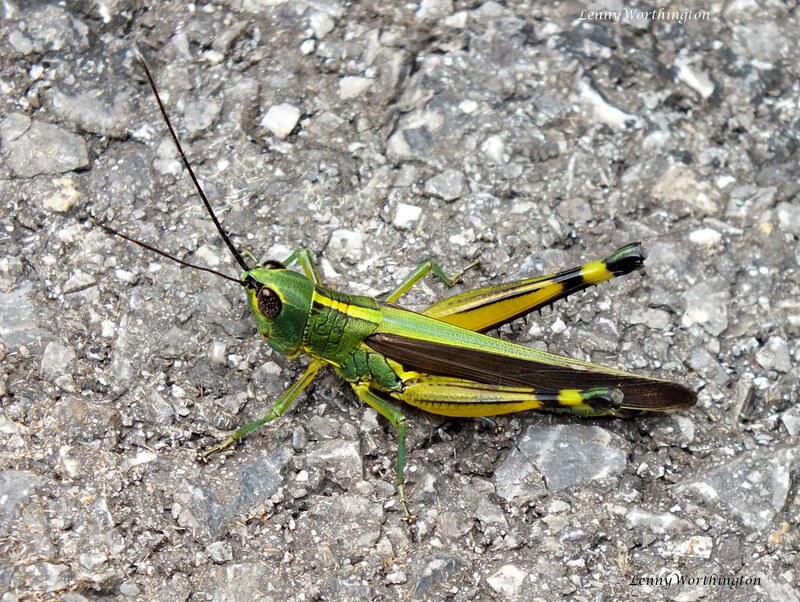
The Yellow-Spined Bamboo Locust, commonly known as the "Bamboo Locust," is a significant pest in bamboo forest regions. It primarily feeds on bamboo leaves, particularly in species like Moso bamboo, with outbreaks stripping entire forests of foliage and leaving them barren, resembling fire-ravaged landscapes.
In severe cases, affected bamboo stalks die, and older bamboo fails to sprout new shoots for 2-3 years, leading to forest decline. Infested bamboo becomes waterlogged, its fibers rot, and the material loses its commercial value.
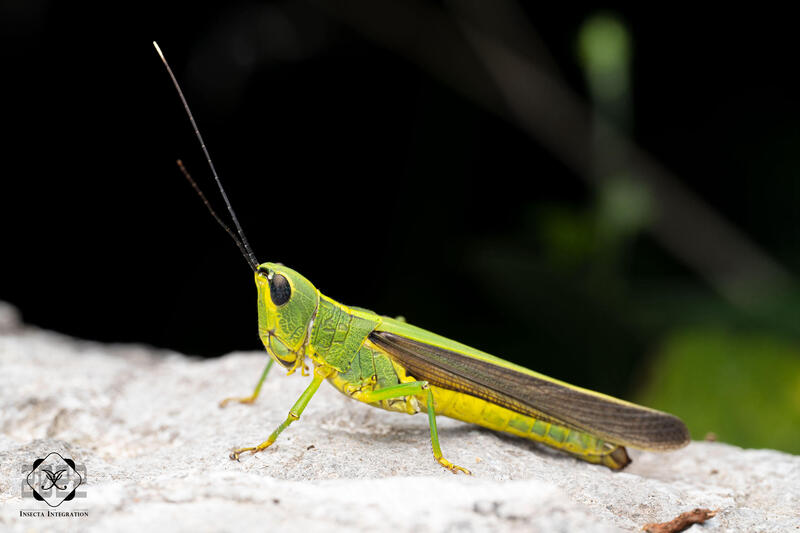
Records show that in 2020 and 2023, parts of China experienced Yellow-Spined Bamboo Locust invasions. However, timely interventions effectively controlled the outbreaks and minimized losses, emphasizing the importance of proactive locust control to protect bamboo resources.
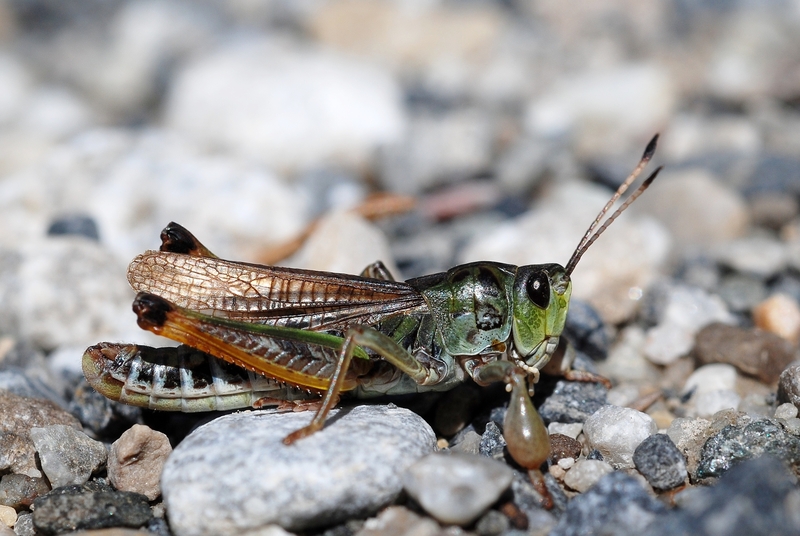
The Siberian Locust is primarily distributed in Siberia and Mongolia, with Chinese populations found in Xinjiang, Inner Mongolia, Heilongjiang, and Jilin. This species feeds mainly on grass family plants and can devastate grasslands, affecting livestock survival.
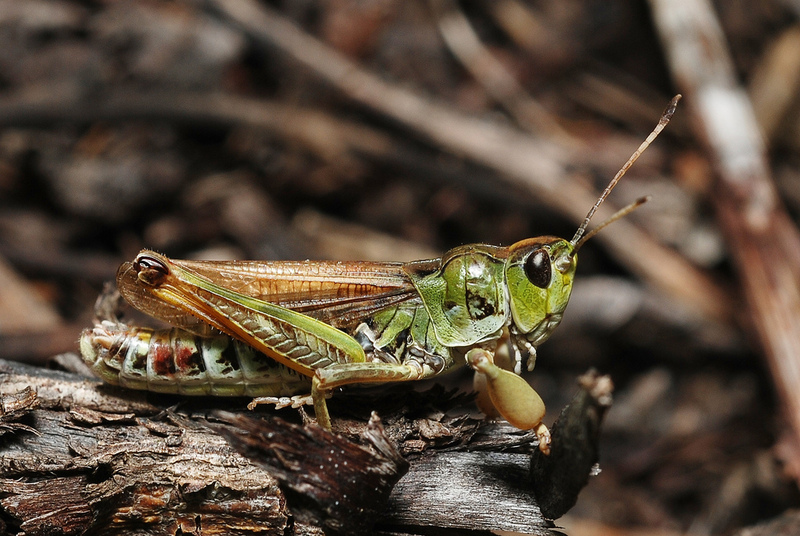
When outbreaks occur, large swaths of pasture are consumed, leading to feed shortages in winter and spring. The destruction of pastureland can cause massive livestock deaths, resulting in severe economic losses for the livestock industry.
Among various rice locust species, the Chinese Rice Locust is the most destructive. Reproducing once a year, it overwinters as eggs in low-lying, moist areas near water sources.
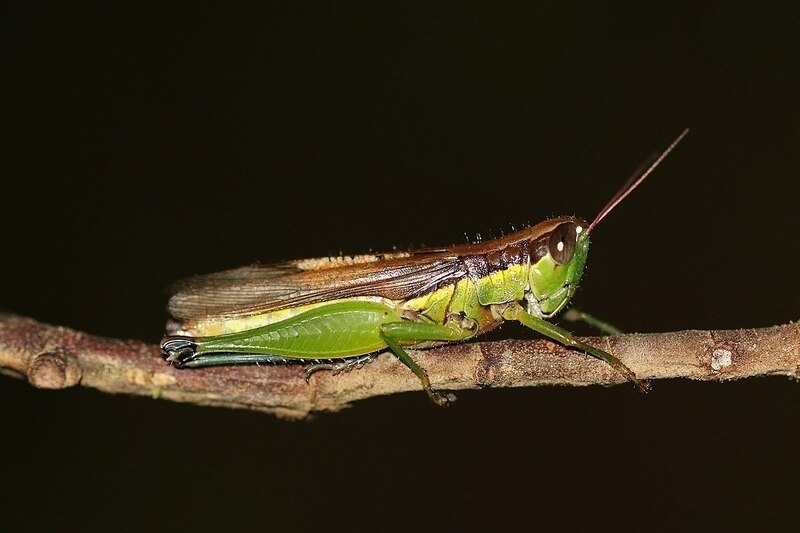
This locust primarily feeds on grasses and can damage crops such as rice, corn, sorghum, wheat, sugarcane, and legumes. Both adult and nymph locusts feed on leaves, stems, and shoots. Affected rice plants may have jagged leaves or be entirely defoliated, leading to reduced yields.
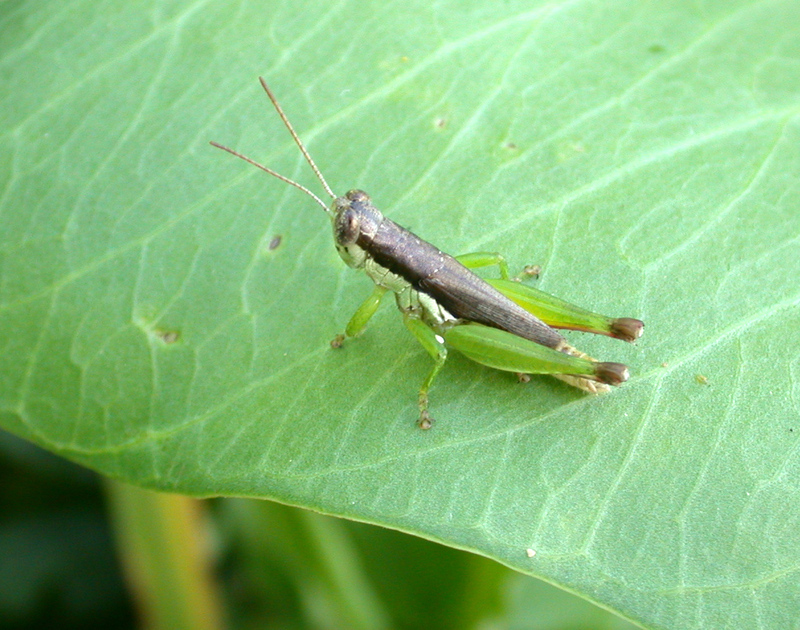
Outbreaks of Chinese Rice Locusts are common in southern China, severely impacting agricultural productivity. Therefore, monitoring and controlling this species are crucial for agricultural security.
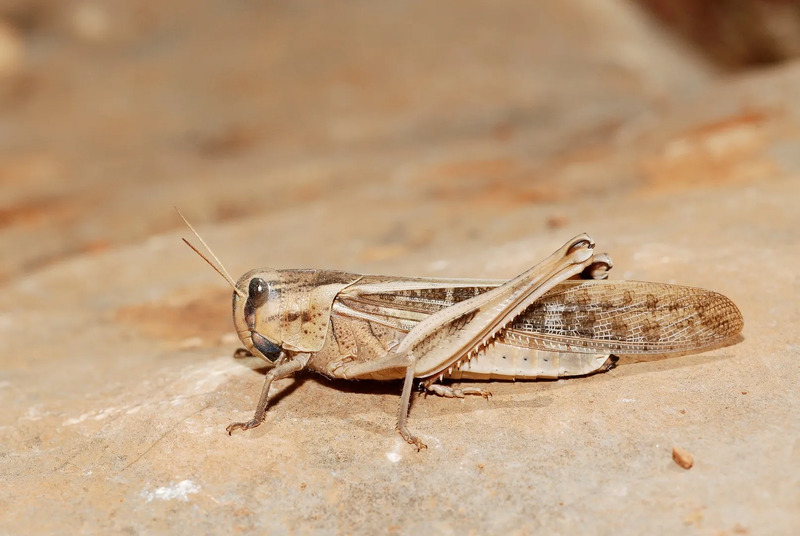
The Asian Migratory Locust is one of the most destructive locust species, inhabiting grasslands in regions like Xinjiang, Qinghai, Gansu, Inner Mongolia, and northeast China. It thrives at altitudes of 200–500 meters, reaching up to 2,500 meters.
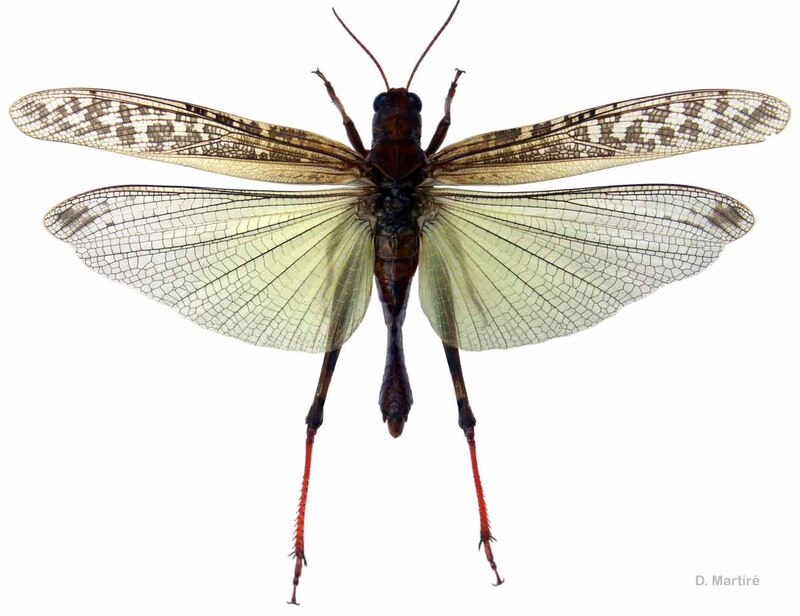
This species feeds mainly on grasses but also consumes crops like corn, barley, and wheat. Asian Migratory Locusts are highly reproductive and form large swarms, causing widespread agricultural damage.
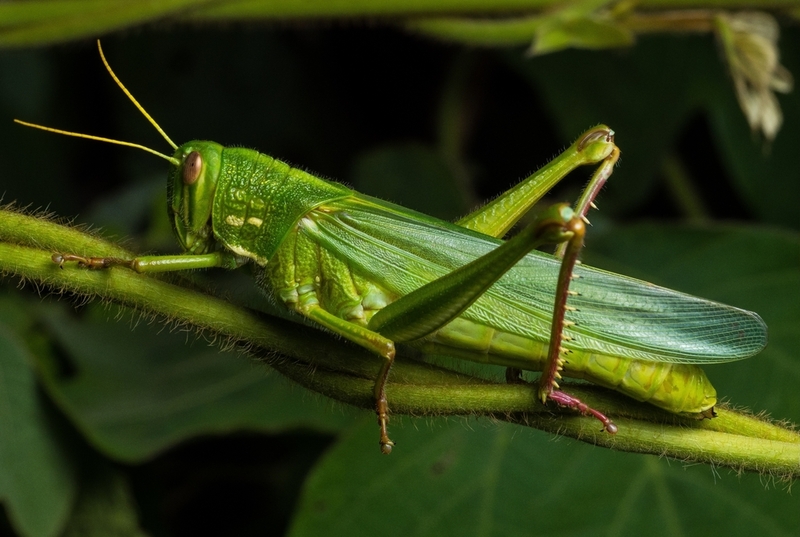
Cotton Locusts prefer sandy soils and forest edges as breeding grounds. They primarily harm eucalyptus, other fruit trees, crops, and weeds.
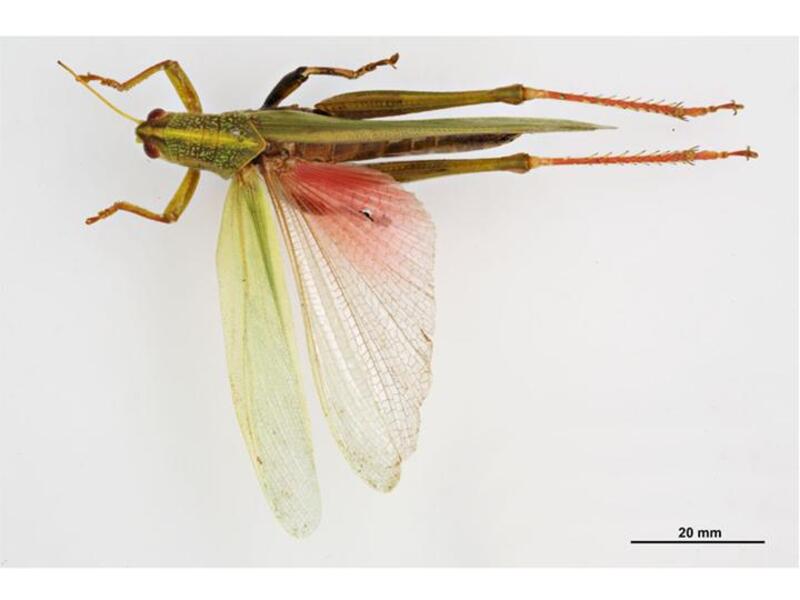
Both adults and nymphs feed on leaves and young bark, leaving only veins behind. In severe cases, plants may wither and die. Areas with poor forest management or dense undergrowth are at higher risk of cotton locust outbreaks.
Other Notable Locust Species:
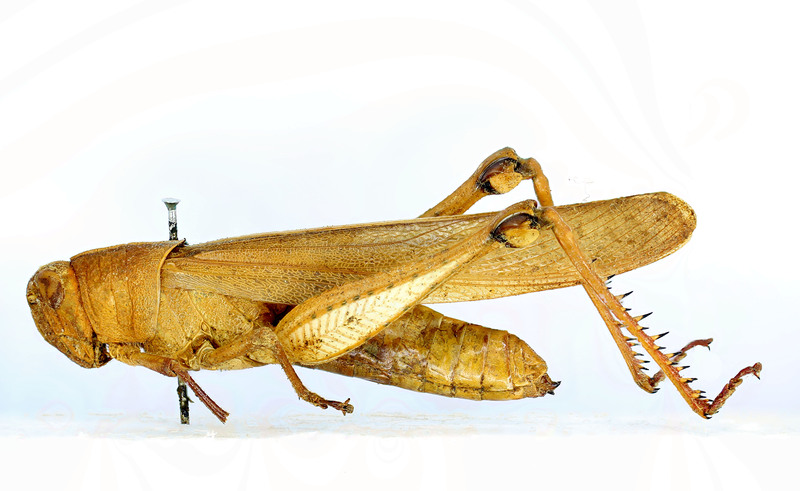
Patanga succincta
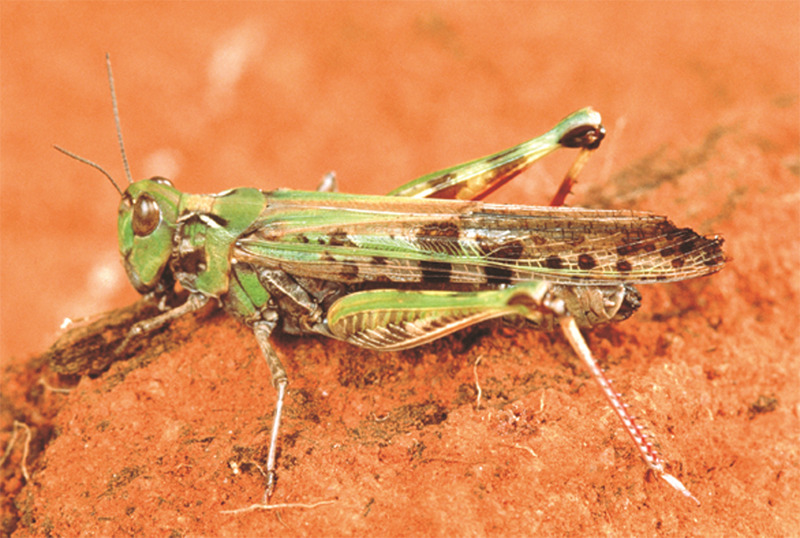
Australian locust
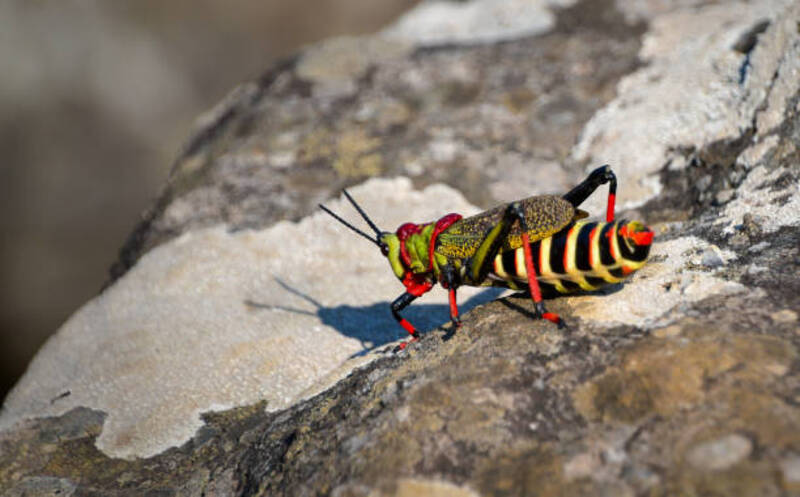
Striped Red Locust
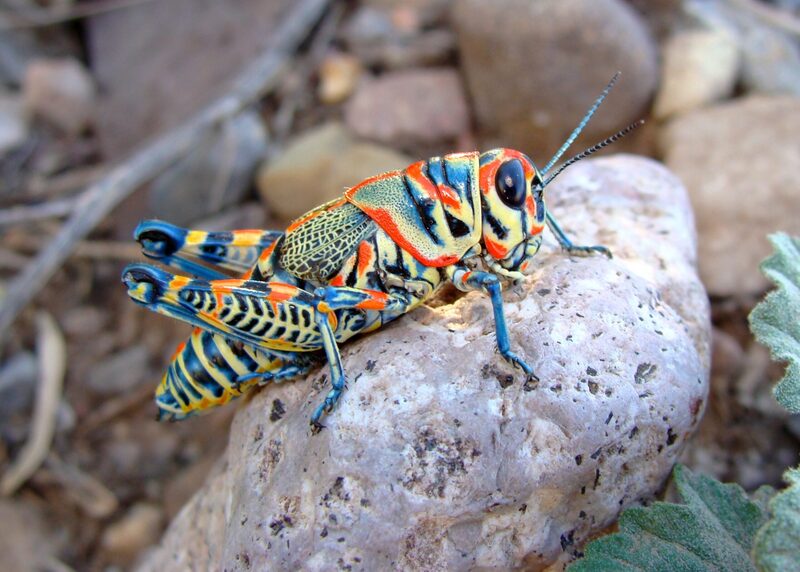
Rainbow Grasshopper
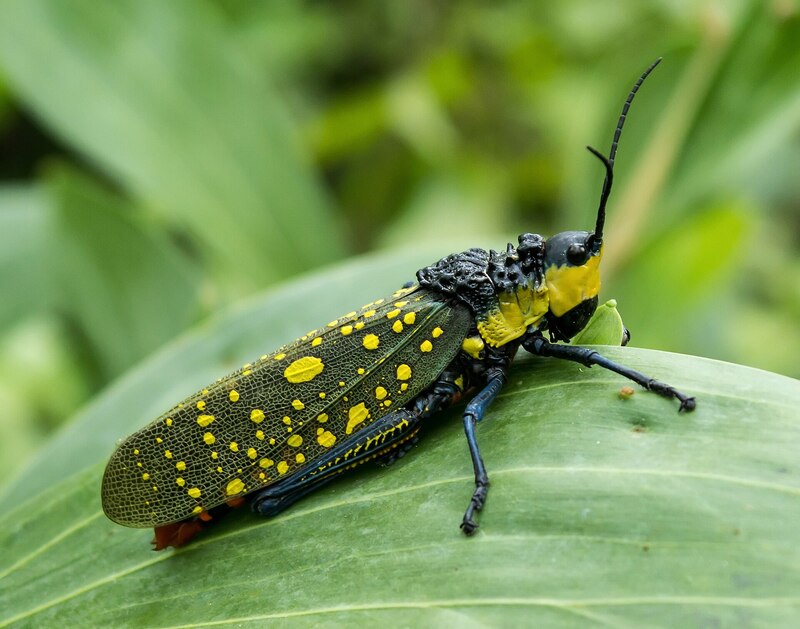
Aularches
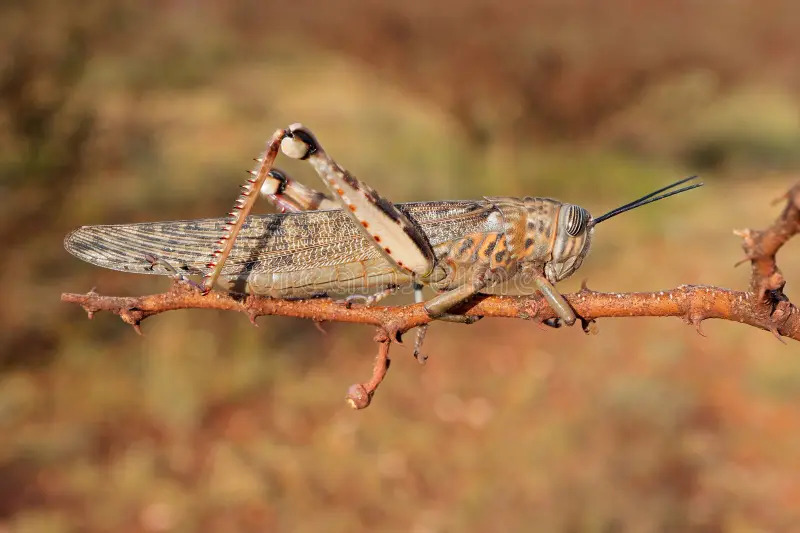
Brown migratoria
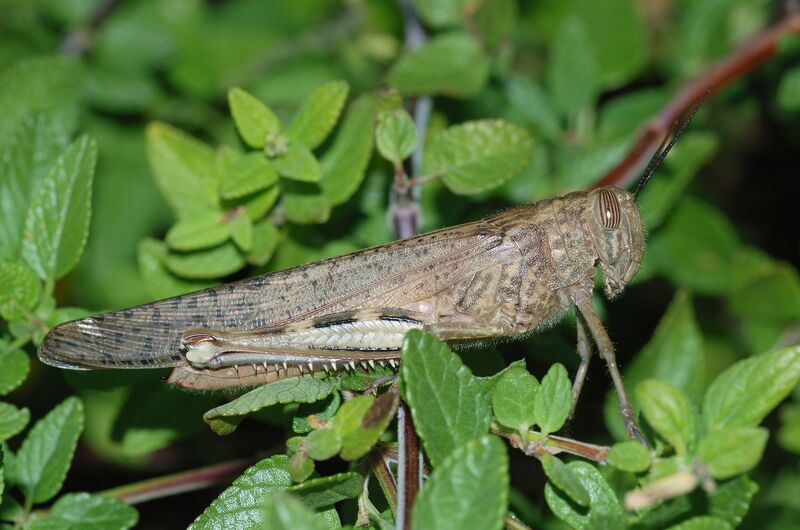
Anacridium
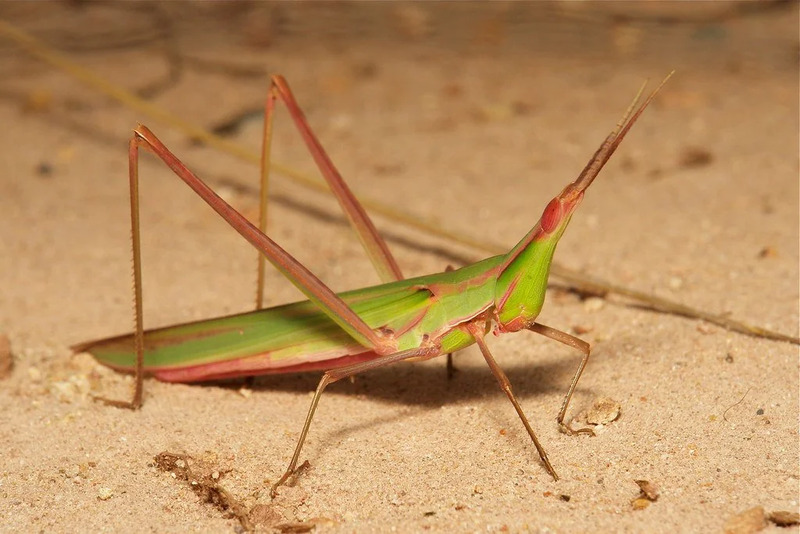
Chinese grasshopper
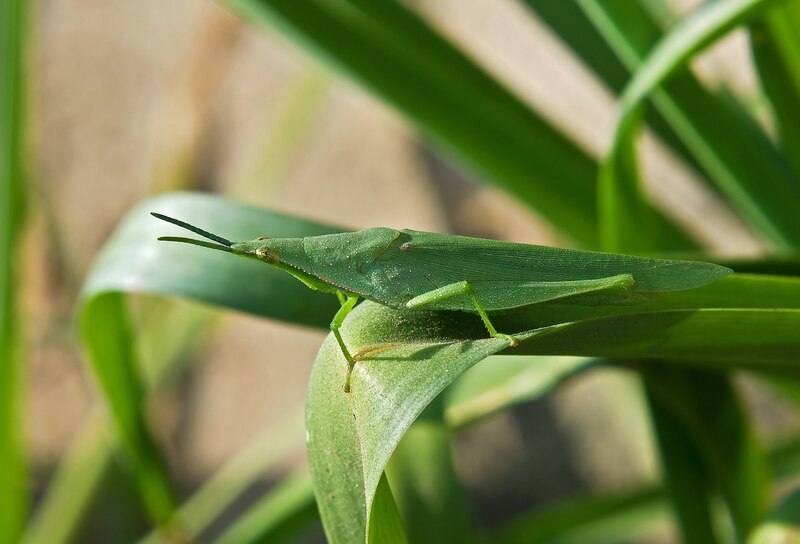
Atractomorpha lata
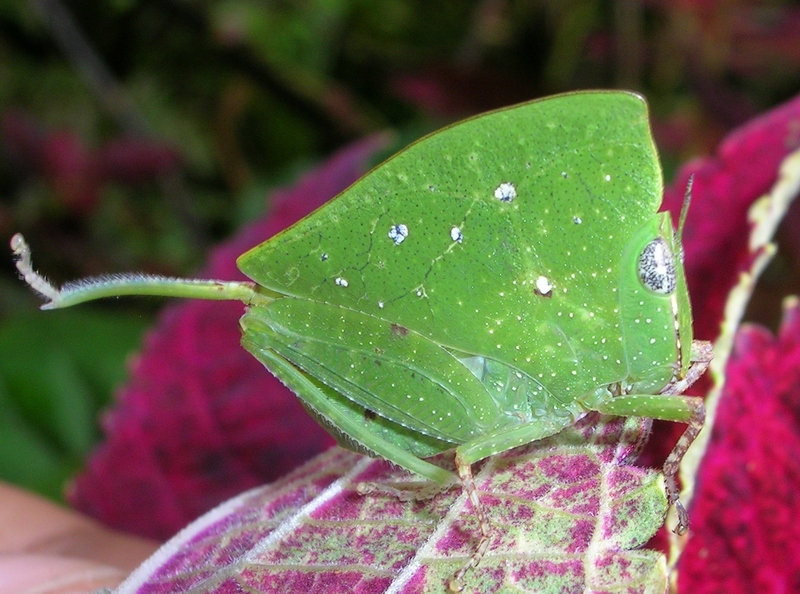
Phyllochoreia

Titanacris albipes
The ranking of the world’s most dangerous locusts is based on species notoriety, destructive potential, and references from internet sources as of January 13, 2025. This list is for reference only—comments and corrections are welcome!
animal tags: locust
We created this article in conjunction with AI technology, then made sure it was fact-checked and edited by a Animals Top editor.